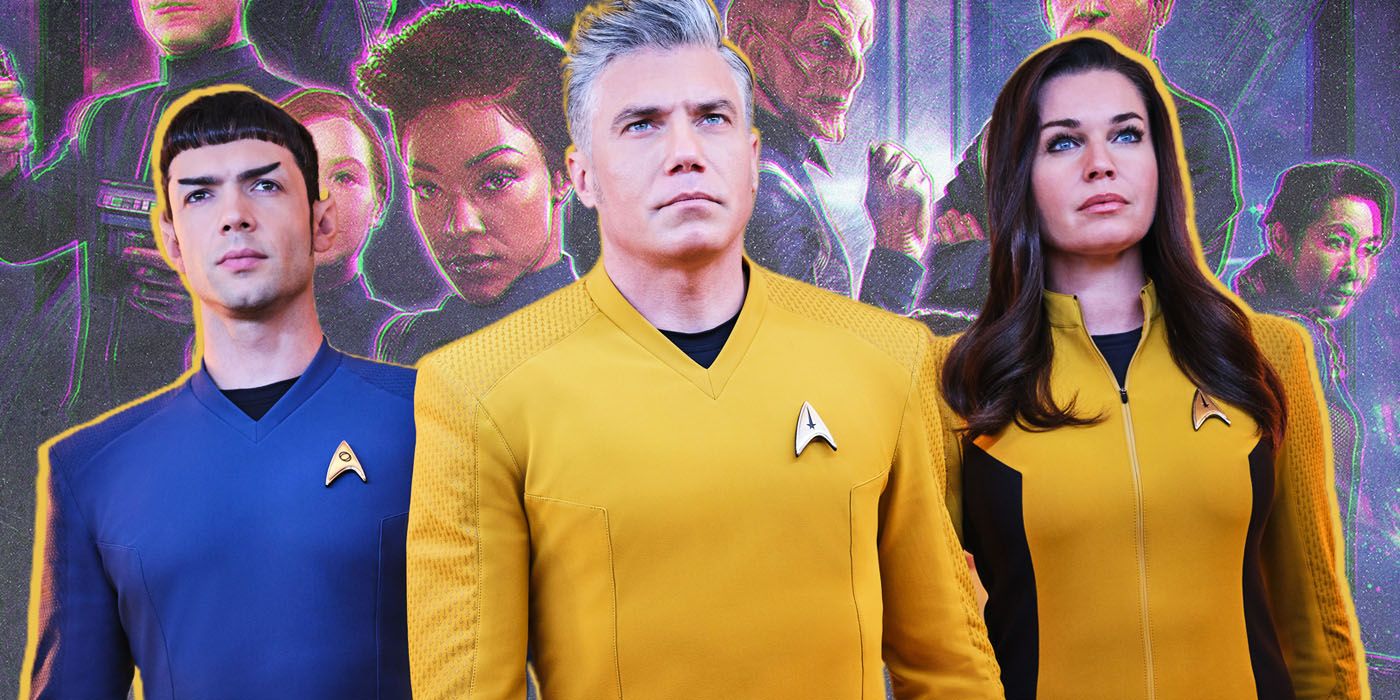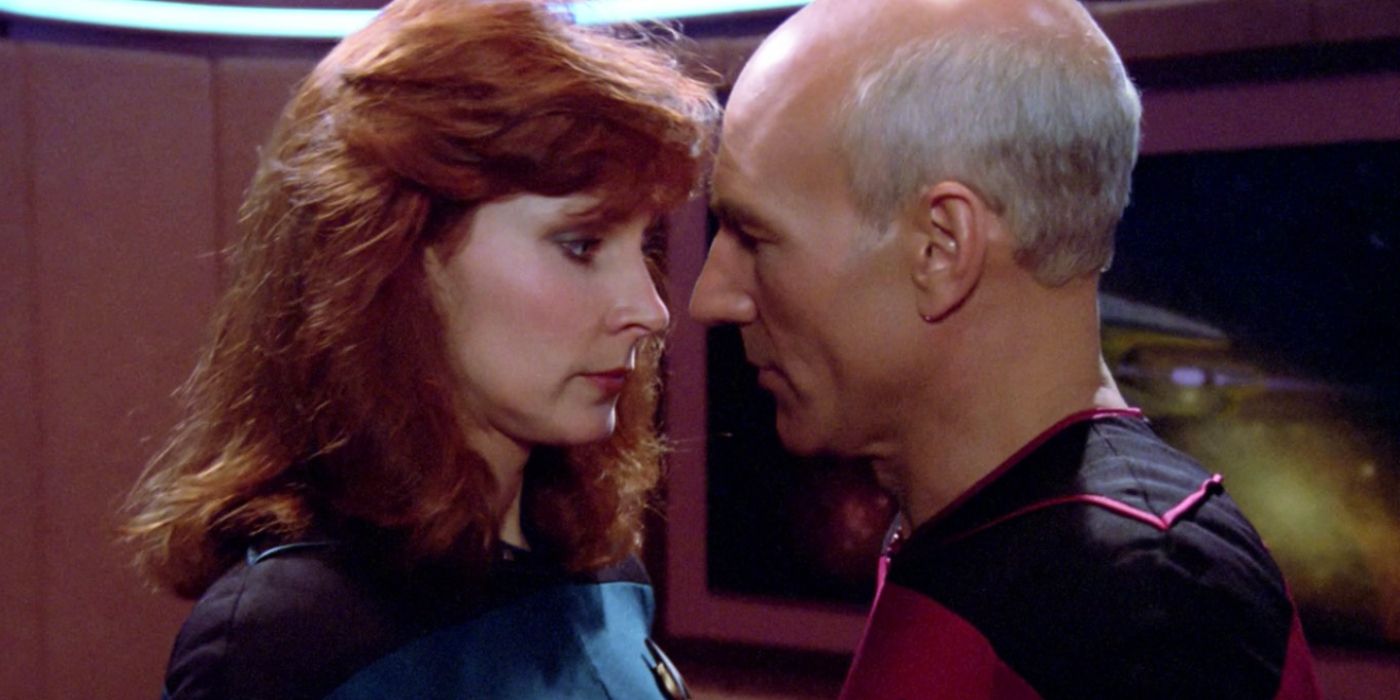CBR, also known as Comic Book Resources, was founded in 1995 and quickly became the go-to source for comics industry news, discussion, and community.
- Over the past two decades, we have amassed a readership of 60 million-plus users, including 75 thousand members of the CBR community forums. Our goal is to supply anyone interested in comic books, superheroes, and geek entertainment with information and resources that will provide a greater appreciation and investment in the medium, whether you’re a lifelong comic book enthusiast or a casual superhero movie fan.
- Throughout our existence, CBR has had the honor of publishing columns and features from the most well-known names in comics - writers, artists, and publishers, including: Robert Kirkman, Gail Simone, Matt Fraction, Erik Larsen, Steven Grant and Mark Millar, among others. Along the way, we have won a number of comic industry awards, including multiple Eisner Awards, the comic industry’s equivalent of the Oscars.
Star Trek Proves Artists Don't Need to Be Fans to Tell Good Stories
Actors and filmmakers don't have to be fans of a big franchise to tell respectful, authentic stories in its universe, as Star Trek proved years ago.
The rise of the internet and social media changed the way fan communities interact with the world and each other. Cynically dubbed "franchises" (because that's how studios see them), the people in "the fandom" have a deeper connection with these enduring fictional universes.
- However, one of the oldest in the bunch, Star Trek, proves how part of what makes these universes endure is including artists who were not fans of what came before.
- This confuses "fandom" with "respect."
- Jaime Reyes actor Xolo Maridueña has a connection through these characters directly to childhood. This is heartening to those in the audience who have been waiting their whole lives for any Blue Beetle to make it into live action.
- In many cases, these controversies are nonsense, pushed by bad-faith content creators.
- In Star Trek's case, the showrunner for Picard Season 3 wasn't just a fan but tied to the series (now) glorious past. Terry Matalas started as an intern at Paramount on the Star Trek sets and, like Brannon Braga, who he eventually assisted, stayed until the very end.
- That institutional knowledge is more valuable to the show's success than fandom, but that love of these characters is visible in every frame.
- However, the near-universally agreed-upon best Star Trek movie, The Wrath of Khan, was written and directed by a guy with the unmitigated gall to kill Spock.
Some of Star Trek's Most Important Artists Weren't Fans
Star Trek: The Motion Picture cost Paramount $45 million and almost missed its premiere date. While the Robert Wise-directed film has many virtues, the critical reaction at the time was, at best, tepid. Still, the fandom showed up as they always do.
- Against all odds, the movie turned a profit.
- So, Paramount turned to "the man who killed Star Trek," Harve Bennett, whose 1969 Mod Squad took the zeitgeist by storm.
- He turned to writer and director Nicholas Meyer, who said he thought of Star Trek as the show "about the guy with the pointy ears."
- To him, Star Trek II was simply the chance to make a movie.
The Next Generation cast wasn't all comprised of fans, either. Actors LeVar Burton, Michael Dorn and Whoopi Goldberg were all fans of the original Star Trek, according to special feature interviews from the complete TNG series boxed set. More than Spock or Kirk, Nichelle Nichols' Uhura was a culturally significant representational figure. Yet, in the same interviews, Gates McFadden and Jonathan Frakes admit to not knowing anything about the show. Captain Picard himself said he used to take tea with an episode of Star Trek, but he didn't realize its American icon status until later. Fan or not, each one was perfect for their role.




No comments:
Post a Comment